When Were Bacteria First Seen Under A Microscope ?
Bacteria were first seen under a microscope in the late 17th century.
1、 Discovery of bacteria under the microscope (17th century)
Bacteria were first observed under a microscope in the 17th century, marking a significant milestone in the field of microbiology. The discovery of these microscopic organisms revolutionized our understanding of the natural world and laid the foundation for the development of modern medicine.
The credit for the discovery of bacteria under the microscope is often attributed to Dutch scientist Antonie van Leeuwenhoek. In the late 1670s, using his self-designed microscopes, Leeuwenhoek observed and described various microorganisms, including bacteria. He meticulously documented his observations in letters to the Royal Society of London, providing detailed descriptions of the diverse shapes and movements of these tiny organisms.
Leeuwenhoek's discoveries challenged the prevailing belief in spontaneous generation, which held that living organisms could arise spontaneously from non-living matter. His observations of bacteria provided evidence for the existence of microscopic life forms and supported the theory of biogenesis, which states that living organisms can only arise from pre-existing living matter.
Since Leeuwenhoek's initial observations, our understanding of bacteria has greatly expanded. We now know that bacteria are single-celled organisms that can be found in virtually every environment on Earth. They play crucial roles in various ecological processes, such as nutrient cycling and decomposition. Additionally, bacteria can have both positive and negative impacts on human health, as they can cause infectious diseases but also contribute to the functioning of our immune system and aid in digestion.
Advancements in microscopy techniques and the development of staining methods have allowed scientists to study bacteria in greater detail. Today, we have a much deeper understanding of bacterial structure, metabolism, and genetics. This knowledge has led to significant advancements in medical microbiology, enabling the development of antibiotics and vaccines to combat bacterial infections.
In conclusion, the discovery of bacteria under the microscope in the 17th century by Antonie van Leeuwenhoek marked a pivotal moment in scientific history. Since then, our understanding of bacteria has evolved significantly, and we continue to uncover new insights into these fascinating microorganisms.

2、 Early observations of bacterial cells (1665)
Bacteria were first observed under a microscope in the mid-17th century. In 1665, the English scientist Robert Hooke published his book "Micrographia," which included detailed illustrations of various objects seen under a microscope, including bacteria. Hooke's observations were made using a compound microscope, which he had designed and built himself.
Hooke's illustrations depicted what he called "animalcules," which were tiny, living organisms that he observed in various substances, including water and dental plaque. Although Hooke did not fully understand the nature of these organisms, his observations laid the foundation for the discovery and study of bacteria.
Since Hooke's initial observations, our understanding of bacteria has greatly advanced. In the late 19th century, the German physician Robert Koch developed techniques to isolate and grow pure cultures of bacteria, allowing for the identification and study of specific bacterial species. Koch's work led to the development of the field of medical microbiology and the understanding of bacteria as the cause of many infectious diseases.
Today, we have a much more comprehensive understanding of bacteria and their role in the natural world. Bacteria are now recognized as one of the most diverse and abundant forms of life on Earth. They play crucial roles in various ecosystems, including nutrient cycling, decomposition, and symbiotic relationships with other organisms. Bacteria are also extensively studied for their potential applications in biotechnology, medicine, and environmental remediation.
In recent years, advancements in microscopy techniques, such as electron microscopy and fluorescence microscopy, have allowed for even more detailed observations of bacteria. These techniques have revealed the intricate structures and behaviors of bacteria at the cellular and molecular levels, providing further insights into their biology and function.
In conclusion, bacteria were first seen under a microscope in 1665 by Robert Hooke. Since then, our understanding of bacteria has greatly expanded, thanks to the work of scientists like Robert Koch and advancements in microscopy techniques. Bacteria are now recognized as essential components of the natural world, with diverse roles and applications in various fields of study.
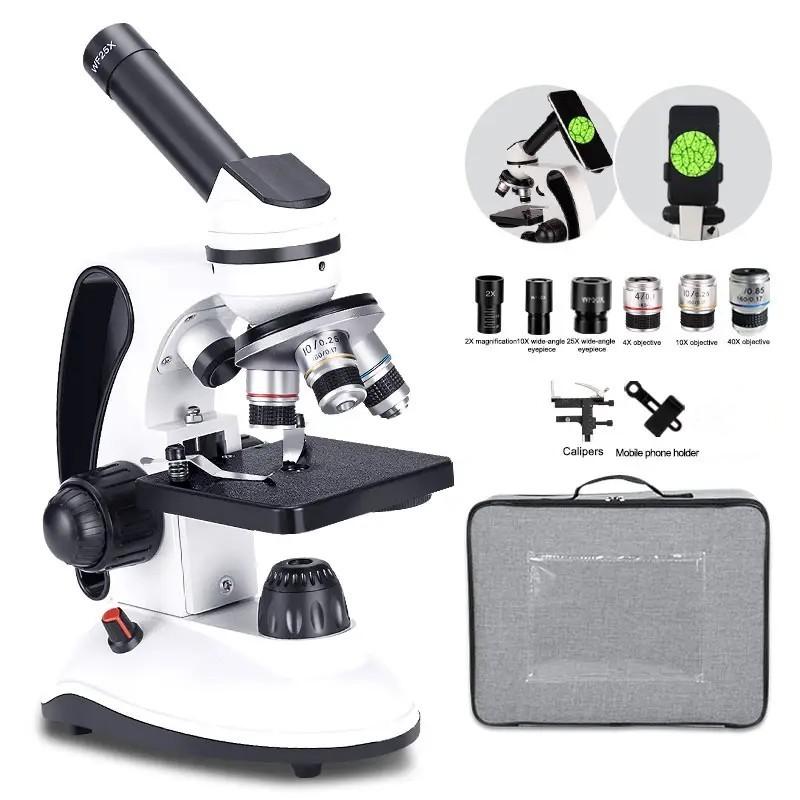
3、 Microscopic identification of bacteria (late 19th century)
Bacteria were first seen under a microscope in the late 17th century. The discovery of bacteria is attributed to Antonie van Leeuwenhoek, a Dutch scientist who is often referred to as the "Father of Microbiology." In the 1670s, van Leeuwenhoek developed a simple microscope with a single lens that allowed him to observe microscopic organisms, including bacteria, for the first time.
Van Leeuwenhoek's observations of bacteria were groundbreaking, as they challenged the prevailing belief in spontaneous generation and provided evidence for the existence of microscopic life. However, it is important to note that van Leeuwenhoek did not fully understand the nature of bacteria or their role in disease at the time.
Microscopic identification of bacteria continued to evolve throughout the 18th and 19th centuries. Scientists such as Louis Pasteur and Robert Koch made significant contributions to the field, developing techniques for isolating and culturing bacteria, as well as establishing the link between specific bacteria and infectious diseases.
By the late 19th century, advancements in staining techniques, such as the development of Gram staining by Hans Christian Gram, allowed for more accurate identification and classification of bacteria. This led to the establishment of the field of bacteriology and the recognition of different bacterial species.
In recent years, technological advancements have further revolutionized the field of microbiology. The development of electron microscopy has allowed for higher resolution imaging of bacteria, providing more detailed information about their structure and function. Additionally, molecular techniques, such as polymerase chain reaction (PCR) and DNA sequencing, have enabled rapid and precise identification of bacteria based on their genetic material.
Overall, the microscopic identification of bacteria has come a long way since its inception in the late 17th century. The field continues to evolve, with new techniques and technologies constantly being developed to enhance our understanding of these microorganisms and their impact on human health and the environment.

4、 Advancements in bacterial microscopy techniques (20th century)
Bacteria were first seen under a microscope in the late 17th century. The Dutch scientist Antonie van Leeuwenhoek is credited with being the first to observe bacteria using a simple microscope that he designed and built himself. In 1676, he described and illustrated various microorganisms, including bacteria, in a letter to the Royal Society of London.
However, it was not until the 20th century that significant advancements in bacterial microscopy techniques were made. One of the major breakthroughs was the development of the electron microscope in the 1930s. This new type of microscope used a beam of electrons instead of light to magnify the specimen, allowing for much higher resolution and the ability to visualize bacteria in greater detail.
In the 1950s, the technique of staining bacteria with dyes such as crystal violet and safranin was introduced. This staining technique allowed for better contrast and visualization of bacterial cells under the microscope. It also enabled scientists to differentiate between different types of bacteria based on their staining properties, leading to the development of the Gram staining method.
Another significant advancement in bacterial microscopy came with the development of fluorescence microscopy in the 20th century. This technique uses fluorescent dyes or proteins that bind specifically to certain structures within bacterial cells, allowing for the visualization of specific components or processes. Fluorescence microscopy has revolutionized the study of bacteria by enabling researchers to observe dynamic processes such as cell division and protein localization in real-time.
In recent years, there have been further advancements in bacterial microscopy techniques. Super-resolution microscopy techniques, such as stimulated emission depletion (STED) microscopy and structured illumination microscopy (SIM), have pushed the limits of resolution, allowing for the visualization of bacterial structures at the nanoscale level. These techniques have provided new insights into the organization and function of bacterial cells.
Overall, advancements in bacterial microscopy techniques throughout the 20th century and beyond have greatly enhanced our understanding of bacteria and their role in various biological processes. These techniques continue to evolve, providing researchers with powerful tools to study bacteria and develop new strategies for combating bacterial infections.
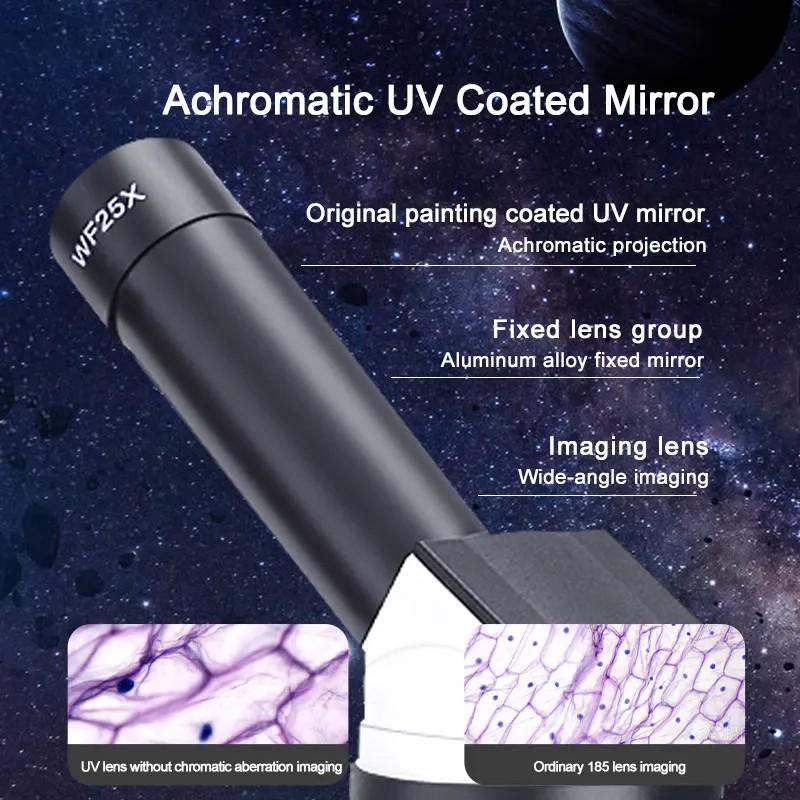











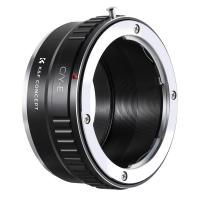


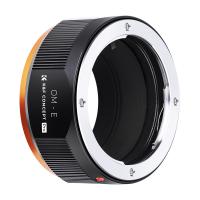











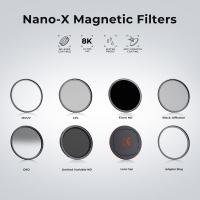



There are no comments for this blog.